Food
Win A Houseboy Contest
In my physical copy of LIFE magazine for December 20, 1963, this ad occupies page 89.In the scanned copy at Google, there is an entirely different ad on page 89. The image you see here is my scan of the paper copy.
I have no explanation for this. Did LIFE print regional issues with different ads?
In any case, I could find no other complete representation of this ad online. (There's a scan of the top part alone, for some reason.)
Thus does WU contribute to the world's stock of knowledge.
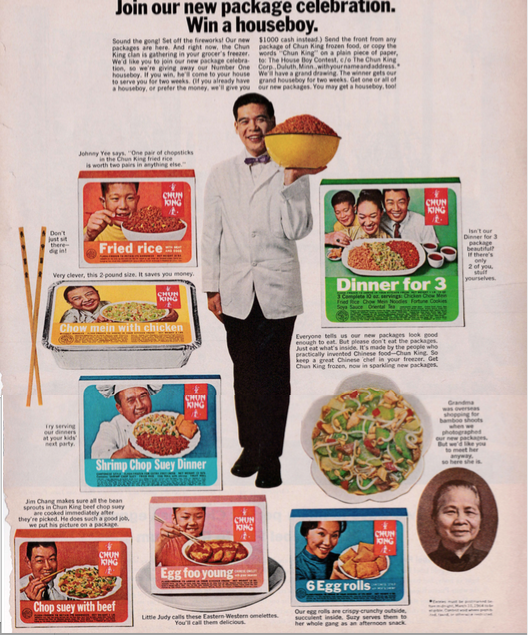
Posted By: Paul - Thu May 18, 2017 -
Comments (6)
Category: Business, Advertising, Products, Ethnic Groupings, Food, Stereotypes and Cliches, 1960s
Follies of the Madmen #313
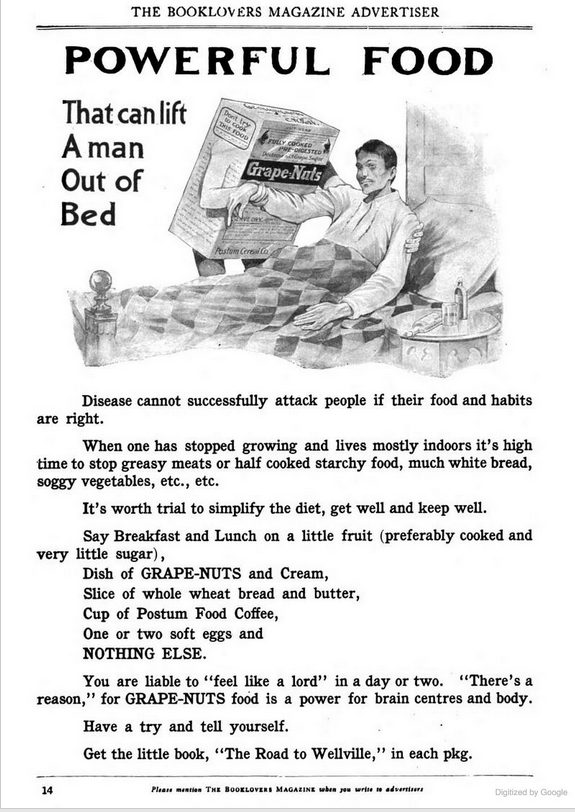
That is one friendly and powerful cereal.
Original ad here.
Posted By: Paul - Sun May 07, 2017 -
Comments (7)
Category: Anthropomorphism, Business, Advertising, Products, Food, 1900s
Clear Coffee
Clear Coffee (aka "CLR CFF") describes itself as "the first colorless coffee in the world." From the product website:That's intriguingly vague. So is it just caffeinated water? Or is it caffeinated water with coffee flavoring?
The reasoning behind it seems to be that it's coffee that won't stain your teeth. If you like your coffee cold and black, this might work as a substitute. But if you drink it hot, with cream and sugar, this isn't going to do the trick.

via Fooddiggity
Posted By: Alex - Fri Apr 28, 2017 -
Comments (2)
Category: Food, Coffee and other Legal Stimulants
Vine-Grown Booze Fruit
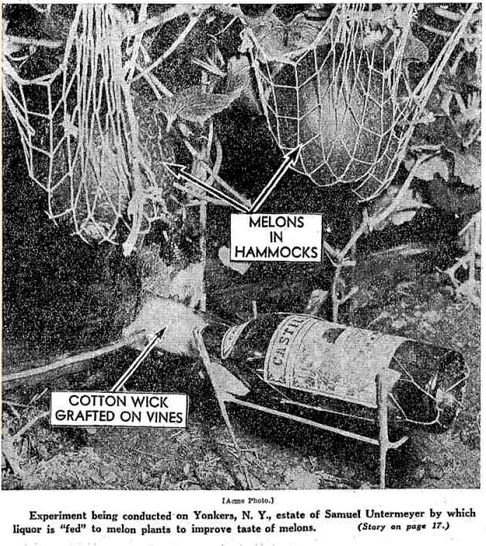
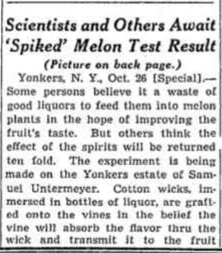
Surely in this day of genetic engineering, science could help realize this dream of Samuel Untermeyer's.
Original article here.
Posted By: Paul - Mon Mar 27, 2017 -
Comments (2)
Category: Eccentrics, Food, 1930s, Alcohol
Eddie Harris: That Is Why You’re Overweight
Although the tune is fine, the lyrics are the thing here, and they start around 2:20.
Posted By: Paul - Sat Feb 25, 2017 -
Comments (1)
Category: Addictions, Food, Music, 1980s
Most Expensive Pizza
New York's Industry Kitchen recently added to its menu what is being described as the world's most expensive pizza.They're charging $2000 for the whole pizza (I don't think they sell it by the slice). For that you get a wood-fired pizza "topped with stilton cheese, foie gras, truffles, caviar, and 24-karat gold flakes."
Doesn't sound appealing, at all.
For the sake of conspicuous consumption, you could pair it with the world's most expensive potato chip on the side.

Posted By: Alex - Sun Jan 29, 2017 -
Comments (4)
Category: Food, Overpriced Merchandise, Outrageous Excess
Butterflies in my stomach
Ronald Taylor, a professor of pathology at the University of Southern California School of Medicine, was an early promoter of an insect-based diet. In the 1970s, he published two books on the topic: Butterflies in My Stomach: Insects in Human Nutrition (1975) and Entertaining With Insects, Or: The Original Guide to Insect Cookery (1976). Some of the recipes in the books included:- Boiled cod with snail sauce
- Wasp grubs fried in the comb
- Moths sauteed in butter
- Braised beef with caterpillars
- New carrots with wireworm sauce
- Gooseberry cream with sawflies
- Devilled chafer grubs
- Stag beetle larvae on toast
The full recipe for Peanut Butter Worm Cookies is below.



Posted By: Alex - Sun Jan 22, 2017 -
Comments (2)
Category: Food, Cookbooks, Insects and Spiders, 1970s
Hardware Diet
March 1934: Forty-year-old Mabel Wolf of Brooklyn showed up at Kings County Hospital complaining of acute stomach pain and a loss of appetite. An x-ray revealed the presence of a large clump of metallic objects in her stomach. In a subsequent hour-long operation, surgeons removed 1,203 pieces of hardware from her stomach. The objects weighed a total of one pound, three ounces. Amazingly, they hadn't done her any serious harm.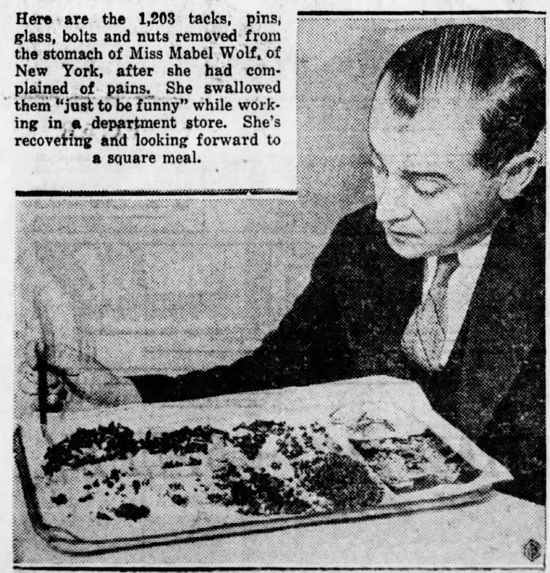
Lebanon Evening Report - Mar 21, 1934
The inventory of items removed included:
- 584 fine upholstery tacks
- 144 carpet tacks
- 2 chair tacks
- 1 roundheaded thumbtack
- 3 thumbtacks (ordinary)
- 46 small screws
- 6 medium screws
- 80 large screws
- 1 hook-shaped screw (coat hanger)
- 30 small bolts
- 47 larger bolts
- 3 picture hooks
- 3 nuts
- 2 large bent safety pins
- 1 small safety pin
- 2 stray pins without heads
- 1 matted mass of hair containing screws and pins
- 59 assorted beads
- 4 pieces of wire
- 89 pieces of glass (all sizes)
- 1 piece of teacup handle
Miss Wolf claimed that she had eaten all the objects five years earlier, in a single week, while she had been working at a Manhattan hardware store. (You have to wonder if the store had noticed the loss of inventory.)
When pressed further, Miss Wolf said, "I really don't know what started me on my diet. I guess I was just trying to be funny. Don't ask me any more about it. I only want to get well and go home."
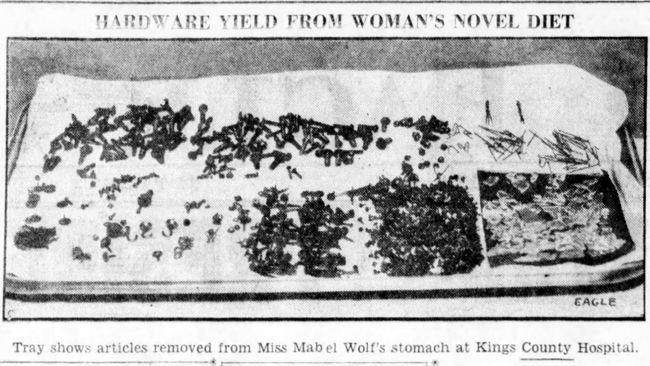
Brooklyn Daily Eagle - Mar 20, 1934
Miss wolf had suffered minor stomach pains for five years as a result of the objects, but she had been able to self-treat the discomfort with patent medicine. She finally went to a doctor when the pain became too intense.
One mystery that the doctors weren't fully able to explain was why the metal objects all clumped together in her stomach. Dr. Edwin H. Fiske speculated that "metallic objects in the stomach take on a kind of magnetism, which attracs the individual objects to one another, so that they cling together in one large ball, as if welded together. Thus the danger of the cuts from pointed nails and pins is lessened."
Evidently Miss Wolf suffered from the eating disorder known as pica, which is a compulsion to eat non-nutritive items such as paper, metal, chalk, mud, etc. I suspect that her strange diet hadn't been confined to a single week. She'd probably been doing it for quite a while.
We've previously posted about a few other people who suffered from this disorder, including the boy who ate the Bible and the Human Ostrich.
If you're interested in the subject of pica and people swallowing weird things, you can find a whole bunch of cases discussed (including Mabel Wolf) in Swallow: Foreign Bodies, Their Ingestion, Inspiration, and the Curious Doctor Who Extracted Them by Mary Cappello.
Posted By: Alex - Fri Dec 30, 2016 -
Comments (3)
Category: Food, 1930s, Mental Health and Insanity
Hurff Canned Goods
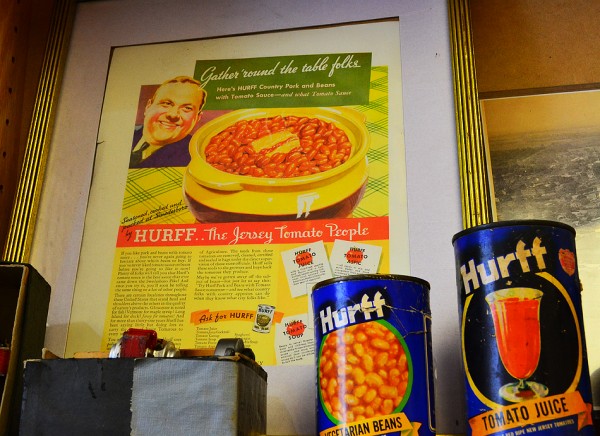
Once upon a time, a company with the somewhat off-putting name of Hurff was big enough to advertise in a top-of-the-line national magazine like LIFE.
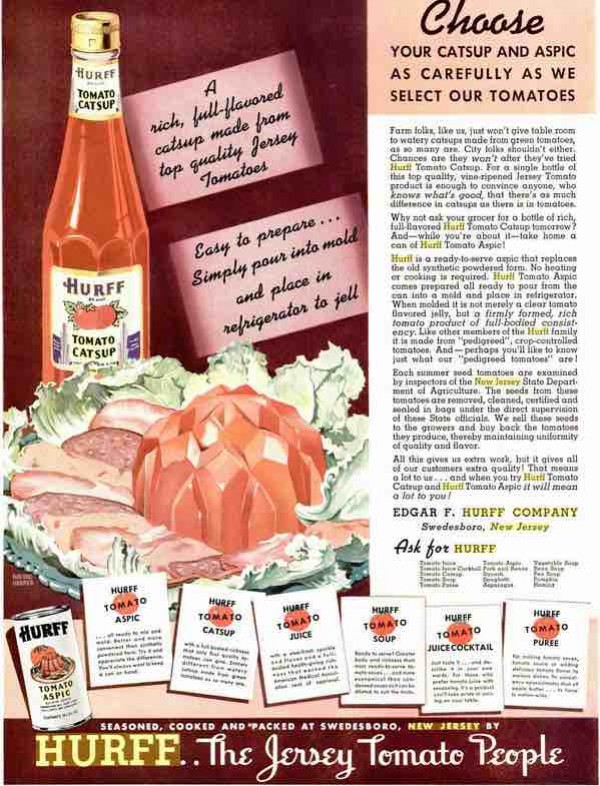
Here's the backstory, so far as I can find out.
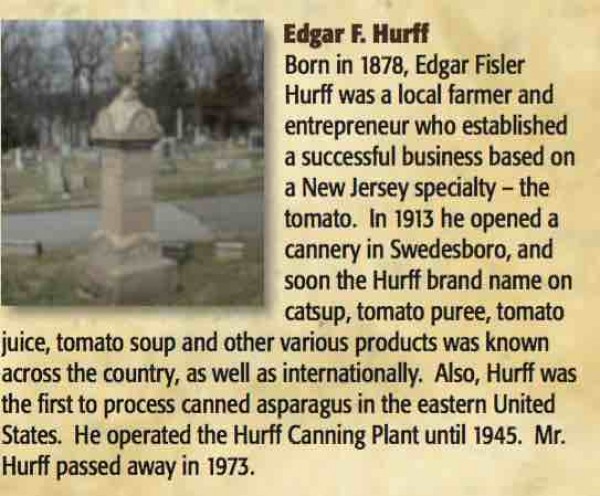
I have found ads from them as late as 1948. Does that mean that store was selling three-year-old cans of food, given the plant-closing date of 1945? Or maybe the plant did not close, but Hurff himself was forced out? We will probably never know...

Hurff is a fine forgotten piece of what cartoonist Robert Crumb calls "weird old America."
Posted By: Paul - Fri Dec 16, 2016 -
Comments (10)
Category: Food, Regionalism, Advertising, 1930s, 1940s
Make milk a social drink
1960: The dairy industry, noting that coffee, tea, beer, liquor, and soft drinks are traditionally served at parties but milk isn't, started plotting ways to make milk a "social drink."If you add alcohol to milk it could be considered a social drink. Otherwise, I'd say their campaign fizzled.
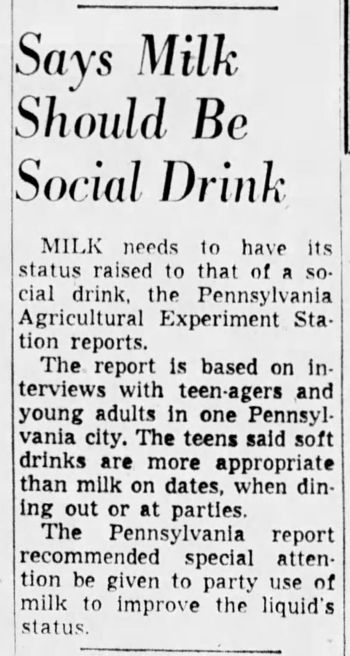
Akron Beacon Journal - Dec 4, 1960
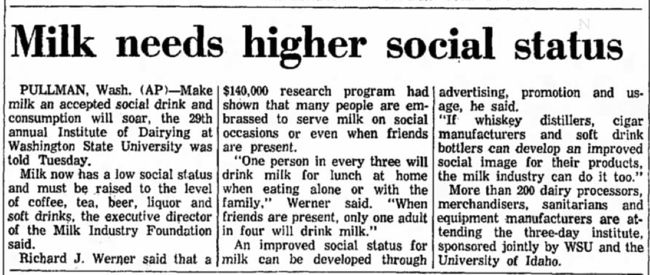
Port Angeles Evening News - Mar 9, 1960
Posted By: Alex - Sat Nov 26, 2016 -
Comments (4)
Category: Food, Soda, Pop, Soft Drinks and other Non-Alcoholic Beverages, 1960s

| Who We Are |
|---|
| Alex Boese Alex is the creator and curator of the Museum of Hoaxes. He's also the author of various weird, non-fiction, science-themed books such as Elephants on Acid and Psychedelic Apes. Paul Di Filippo Paul has been paid to put weird ideas into fictional form for over thirty years, in his career as a noted science fiction writer. He has recently begun blogging on many curious topics with three fellow writers at The Inferior 4+1. Contact Us |




